This project aims to have a fully working thermostat that anyone can use and also have some special IOT capabilities.
This is a quick list of the features I need:
- Toggle On and Off a relay to manage the "TA" contacts on italians boilers. (The TA contact is the heater pump contact)
- Timing functionalities, create different setpoint and schedule them.
- Been able to turn ON and OFF the heat remotely. Via GSM or Internet. (In Italy we still have GSM/GPRS)
- Display the current enviroment data: Temereature and Moisture.
- Log enviroment data?
- Maybe, "make me a beer"? (No I'm not joking)
Right now The project is divided into three main parts:
- The baseboard: it have the mains supply and the AC contact of the relay. (NC and NO)
It have the "slave" microprocessor that manage all the IO - The expansion boards: A board that can be connected to the baseboard. This can be used to add mroe functions to the baseboard. Right now I'm working on the GSM module.
- The front. It have the main processor, it have the power juice to run all the stuff I need. It has a ring of RGB led and the EPD display. (Looks like that nowdays RGBs are a must)
 Nicolò
Nicolò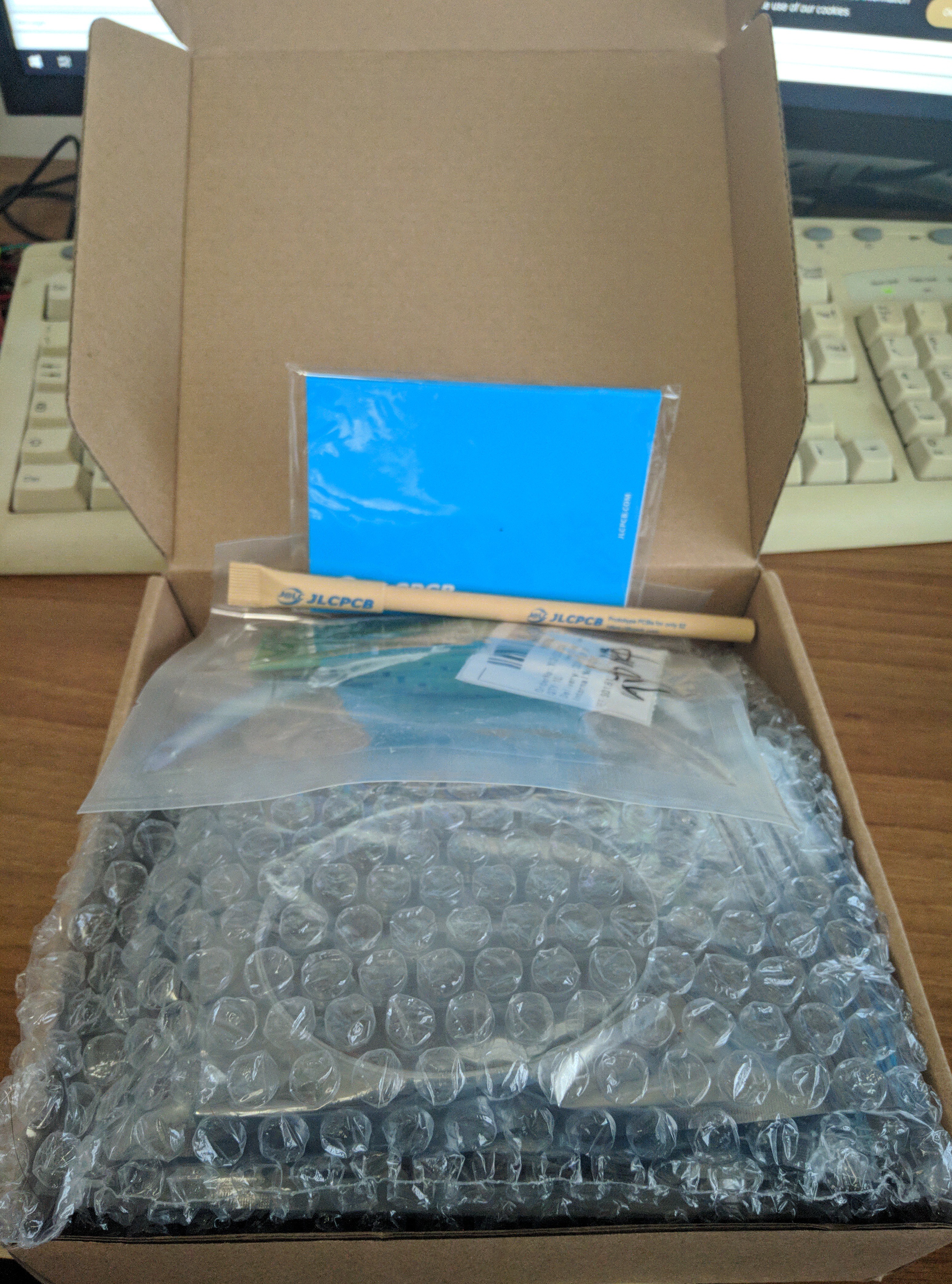
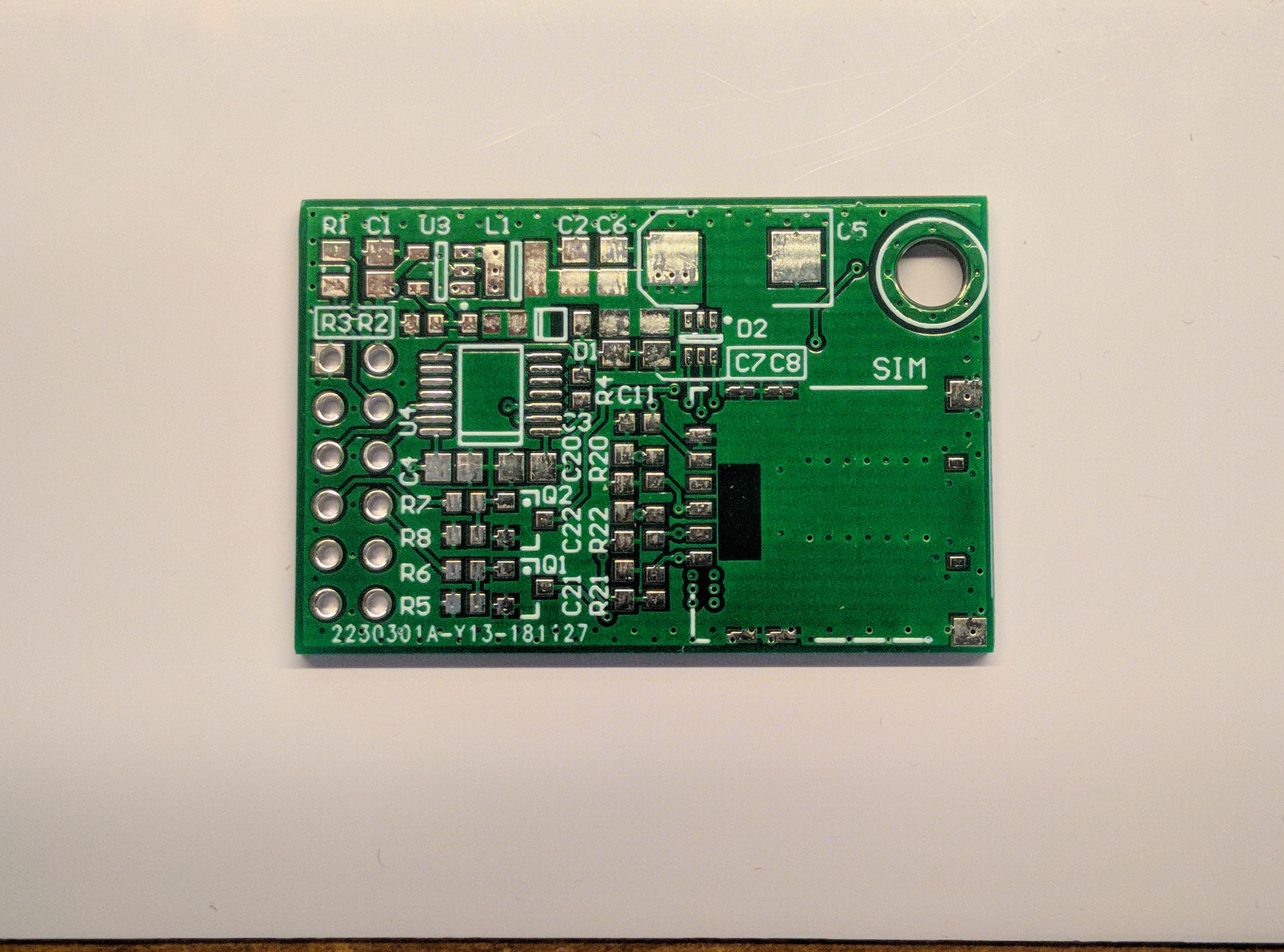
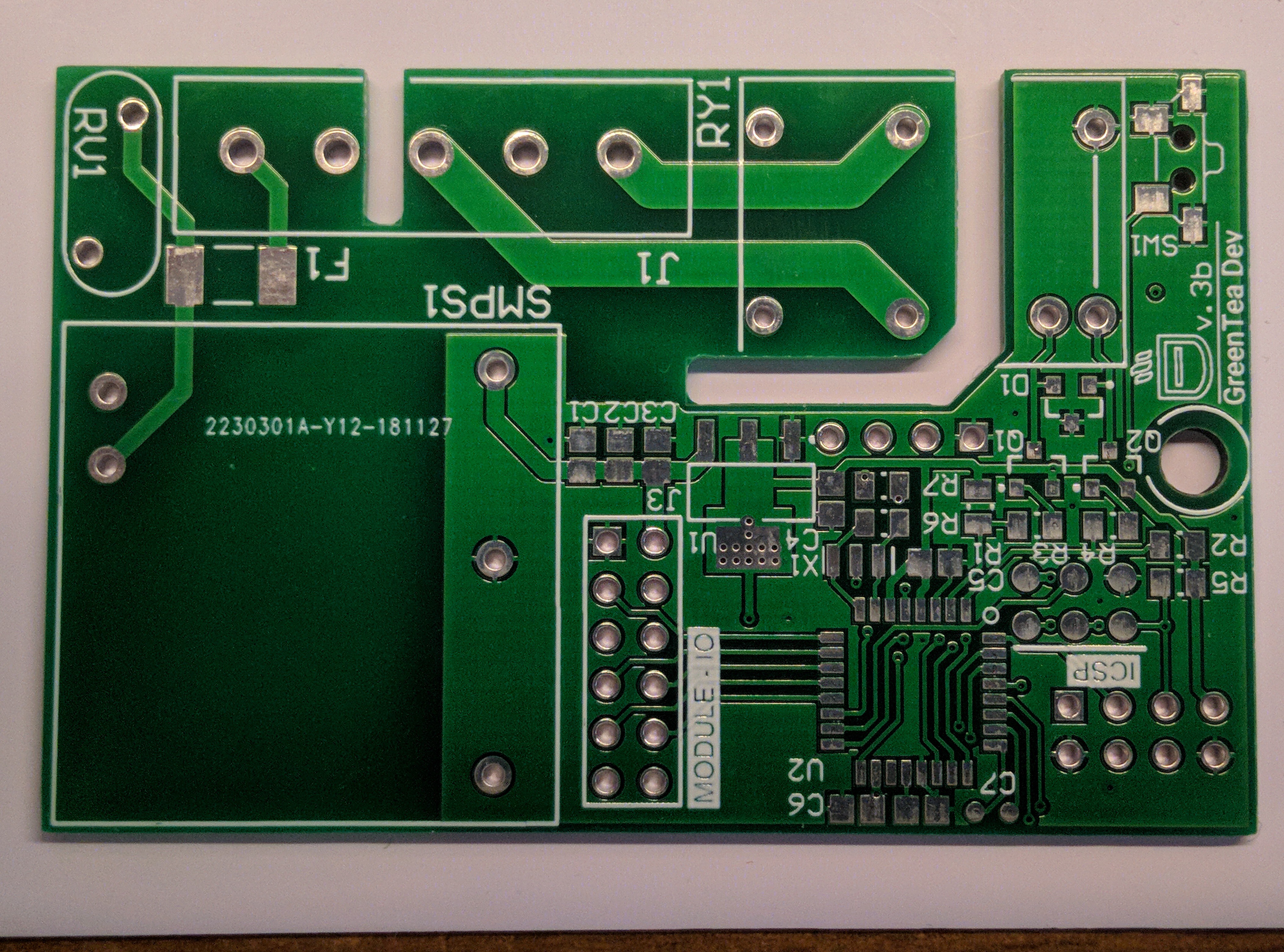
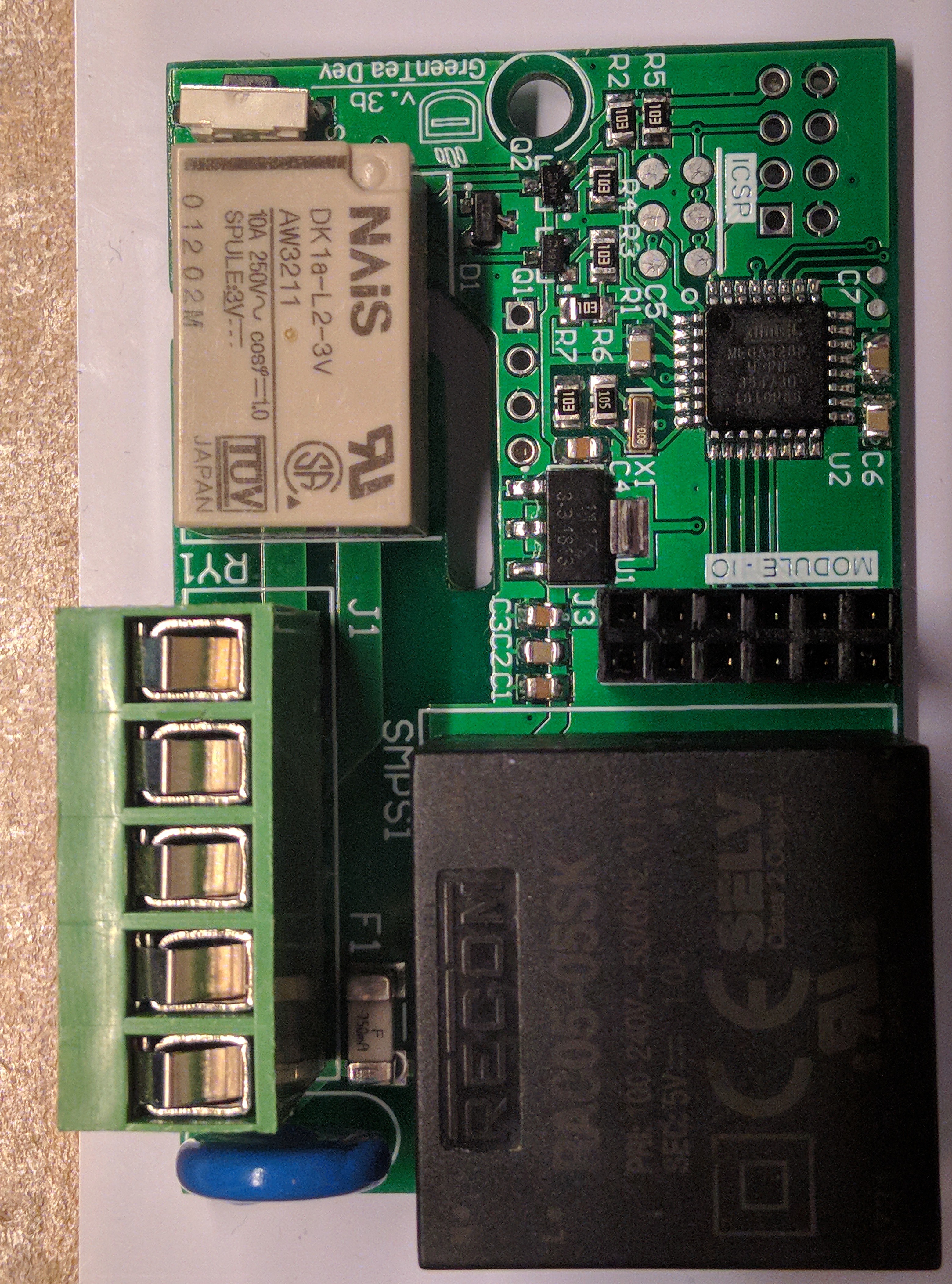
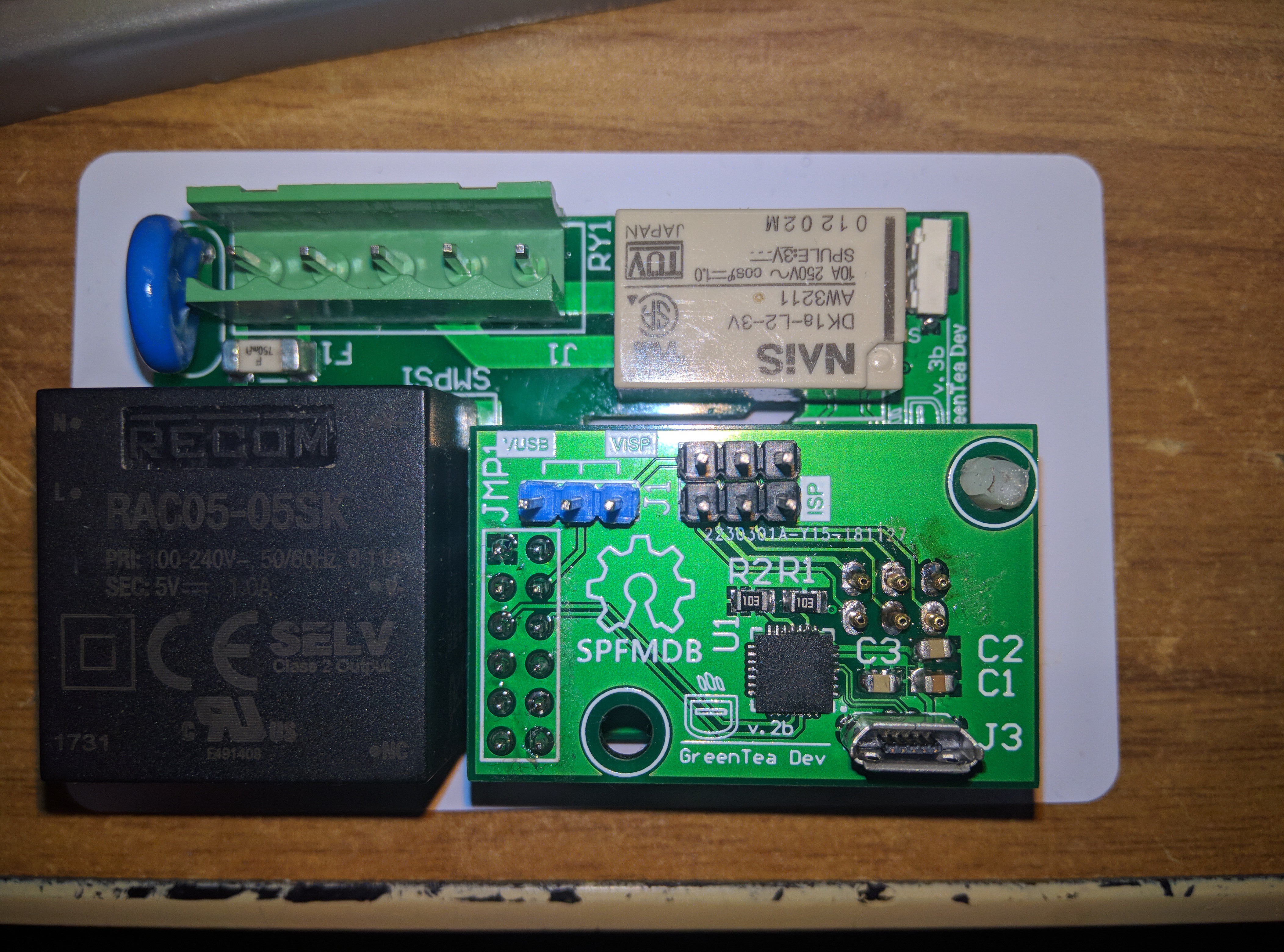
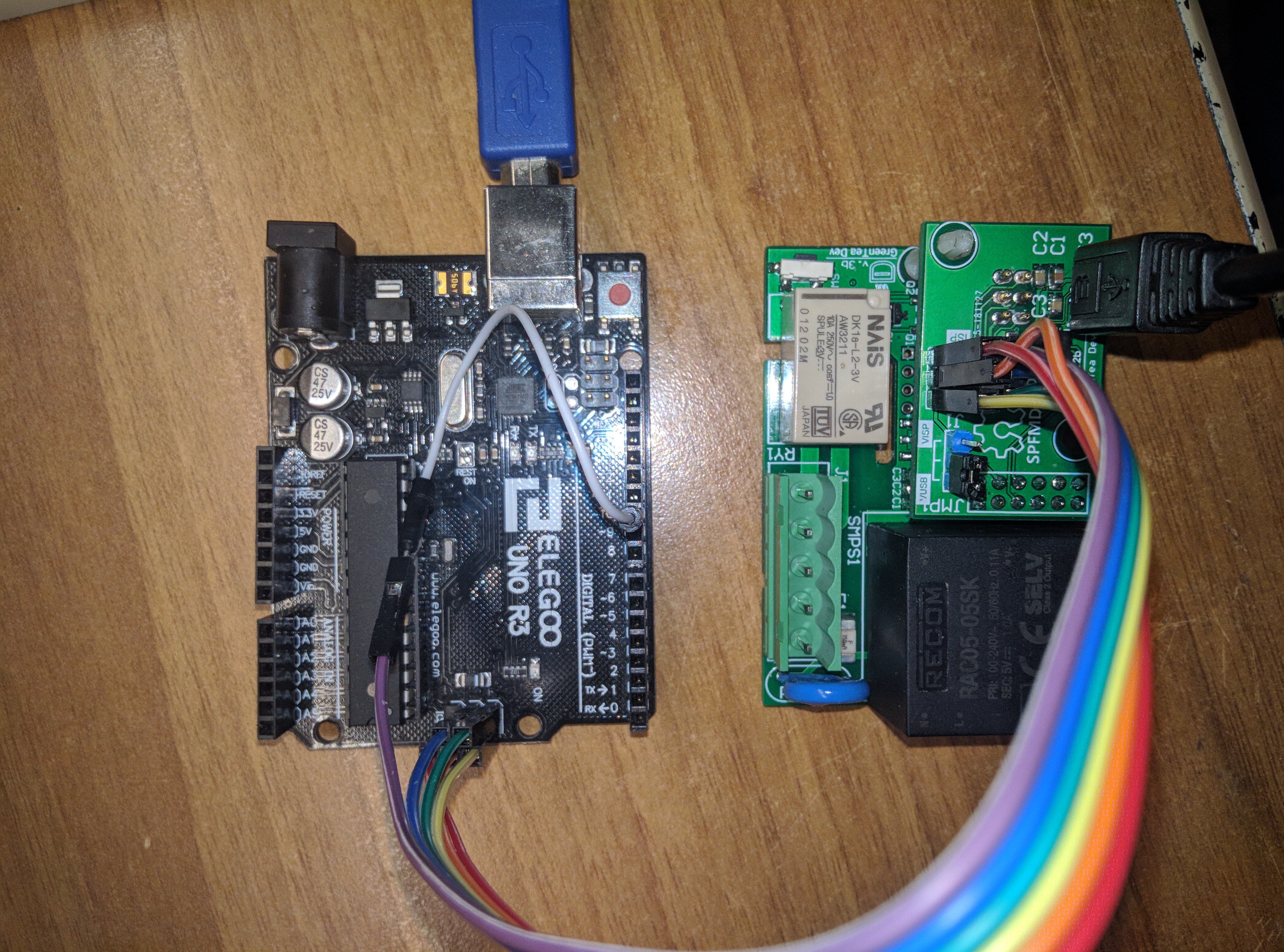
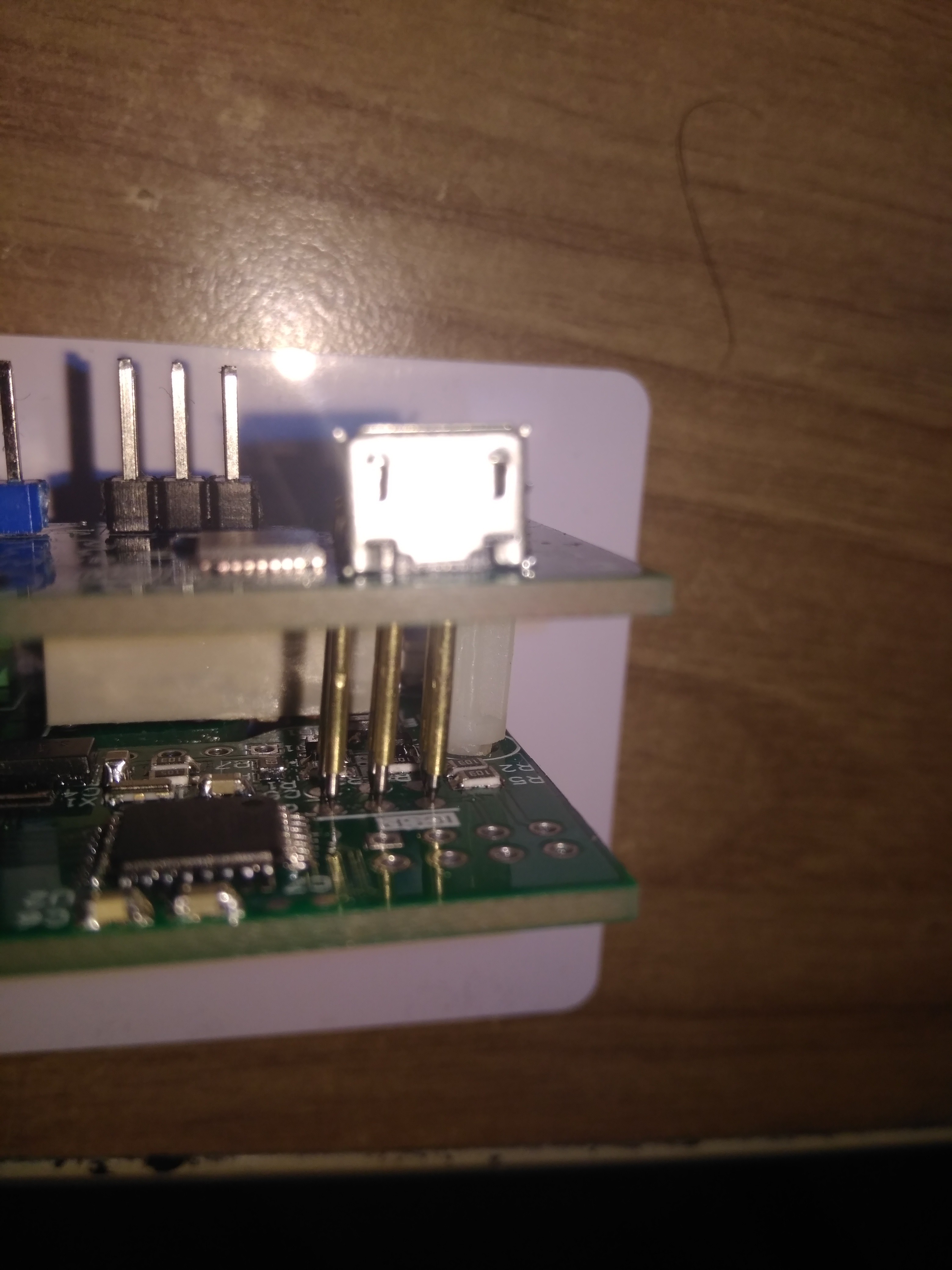
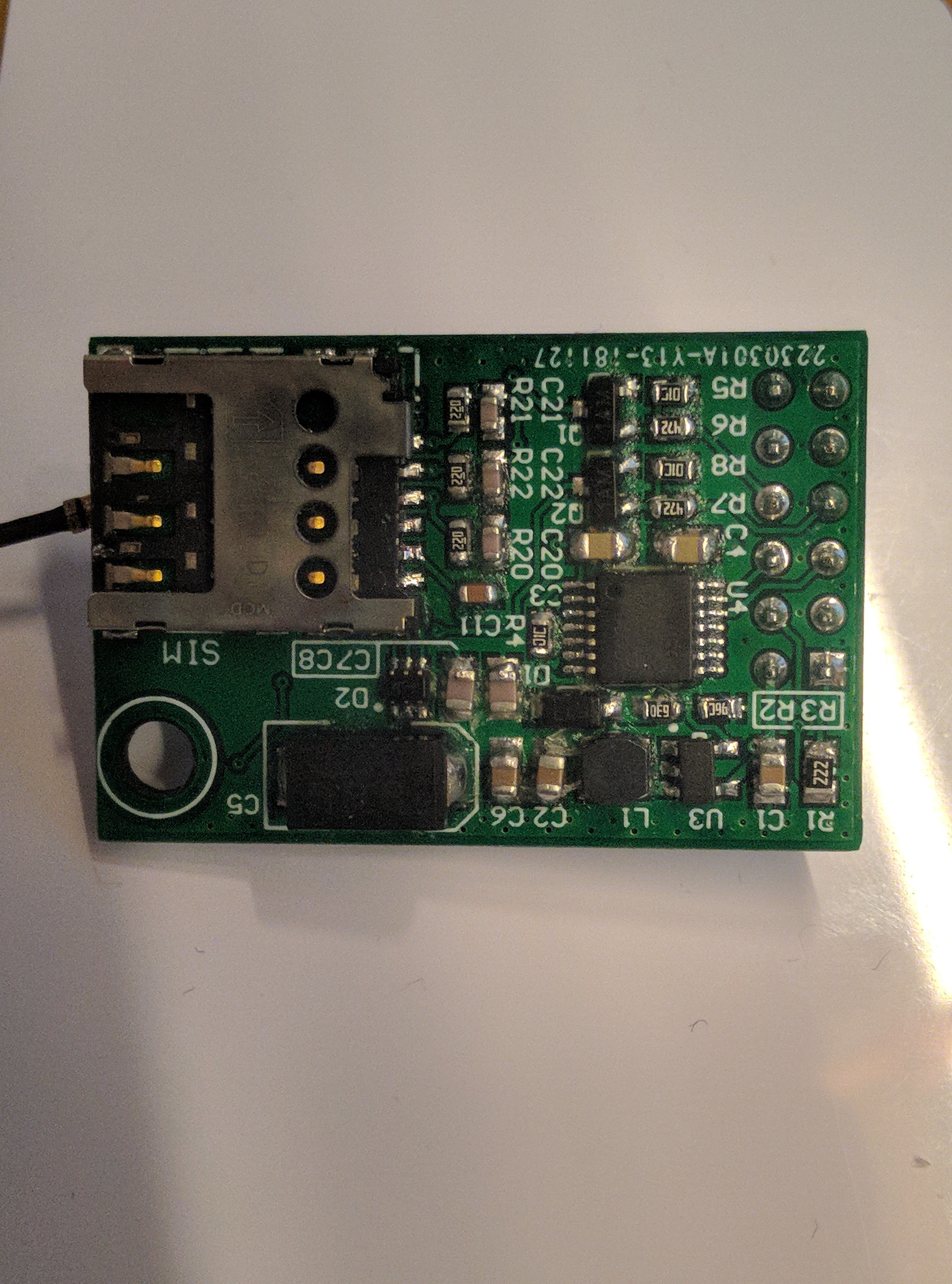
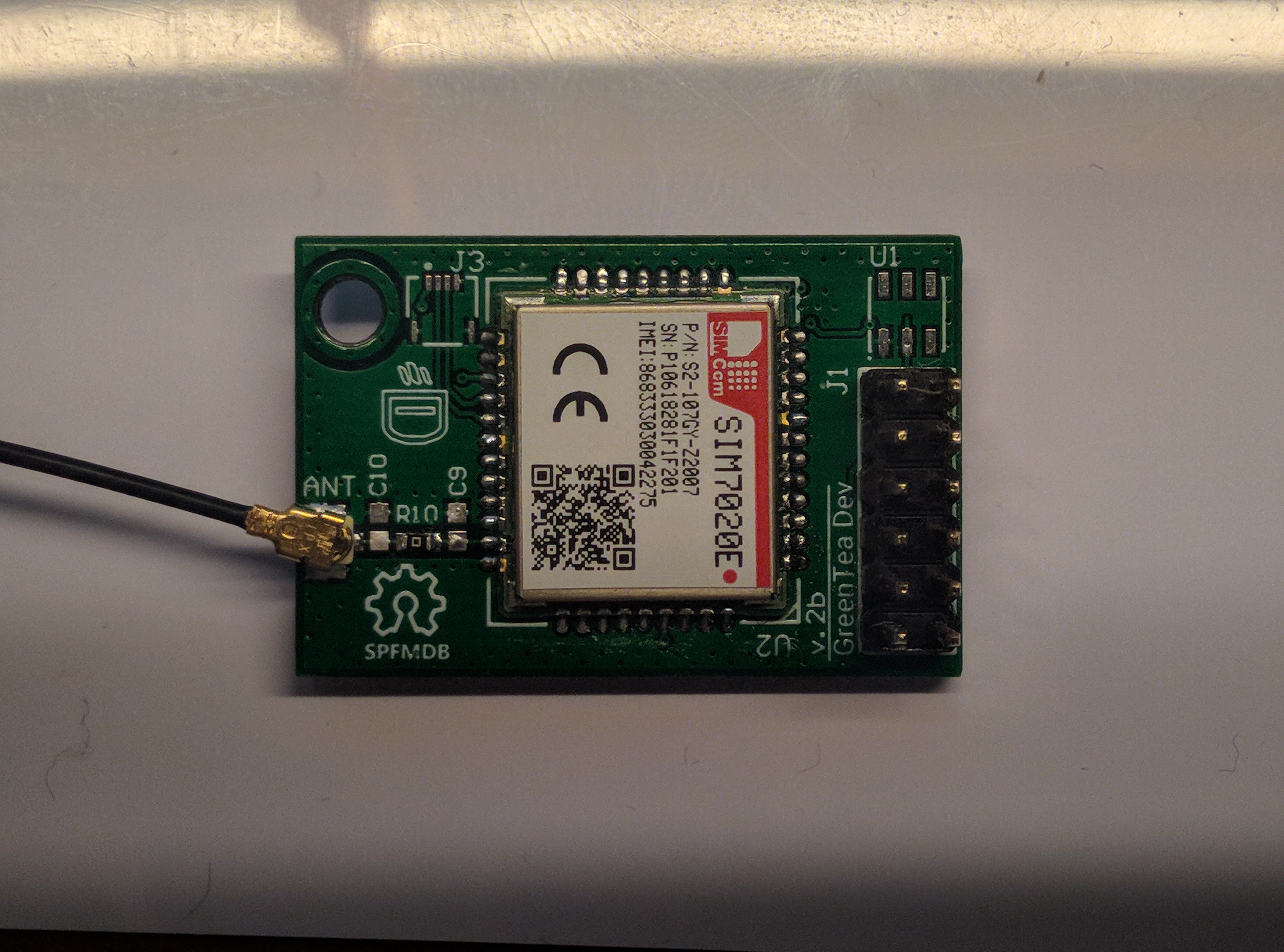
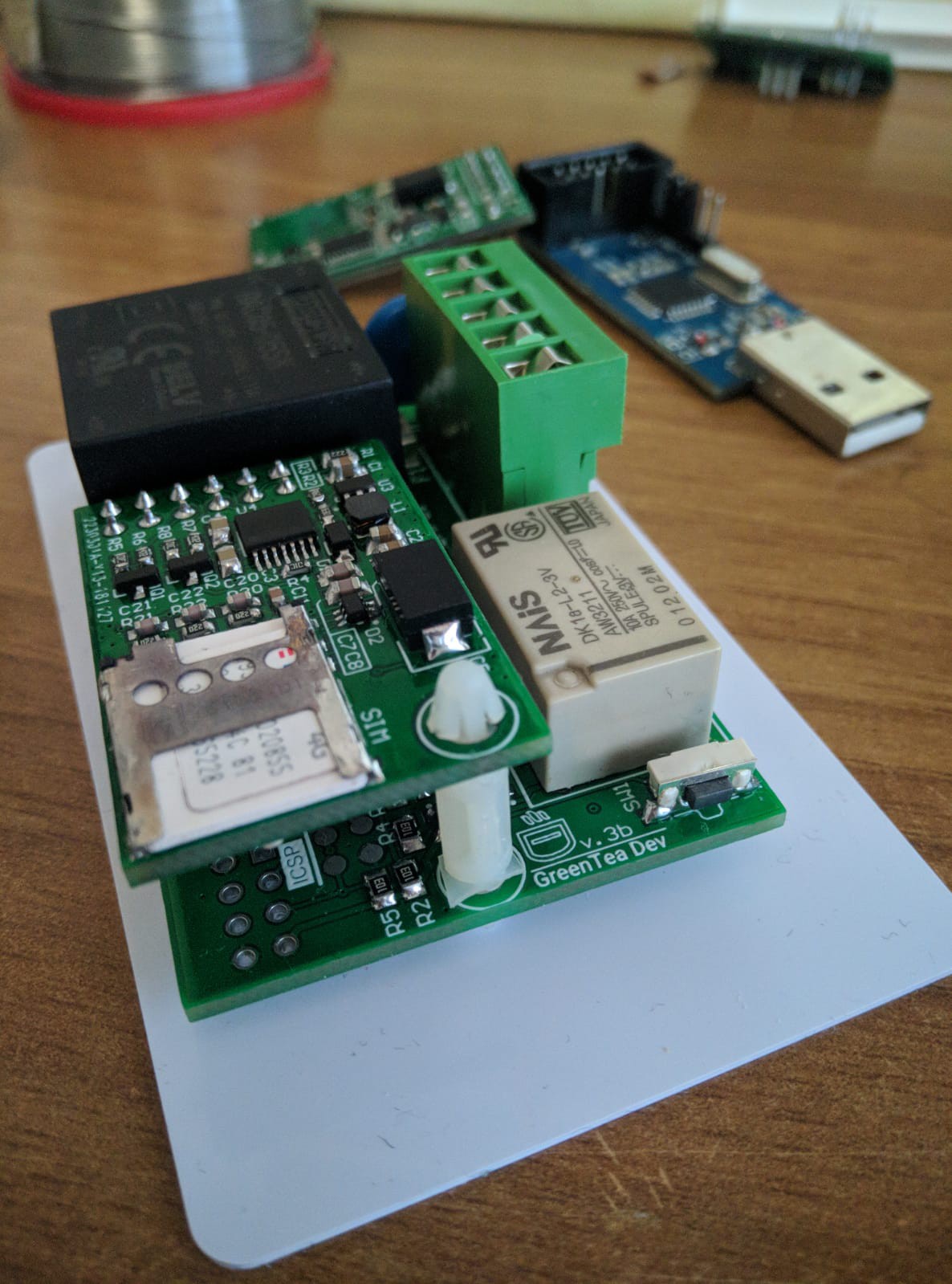

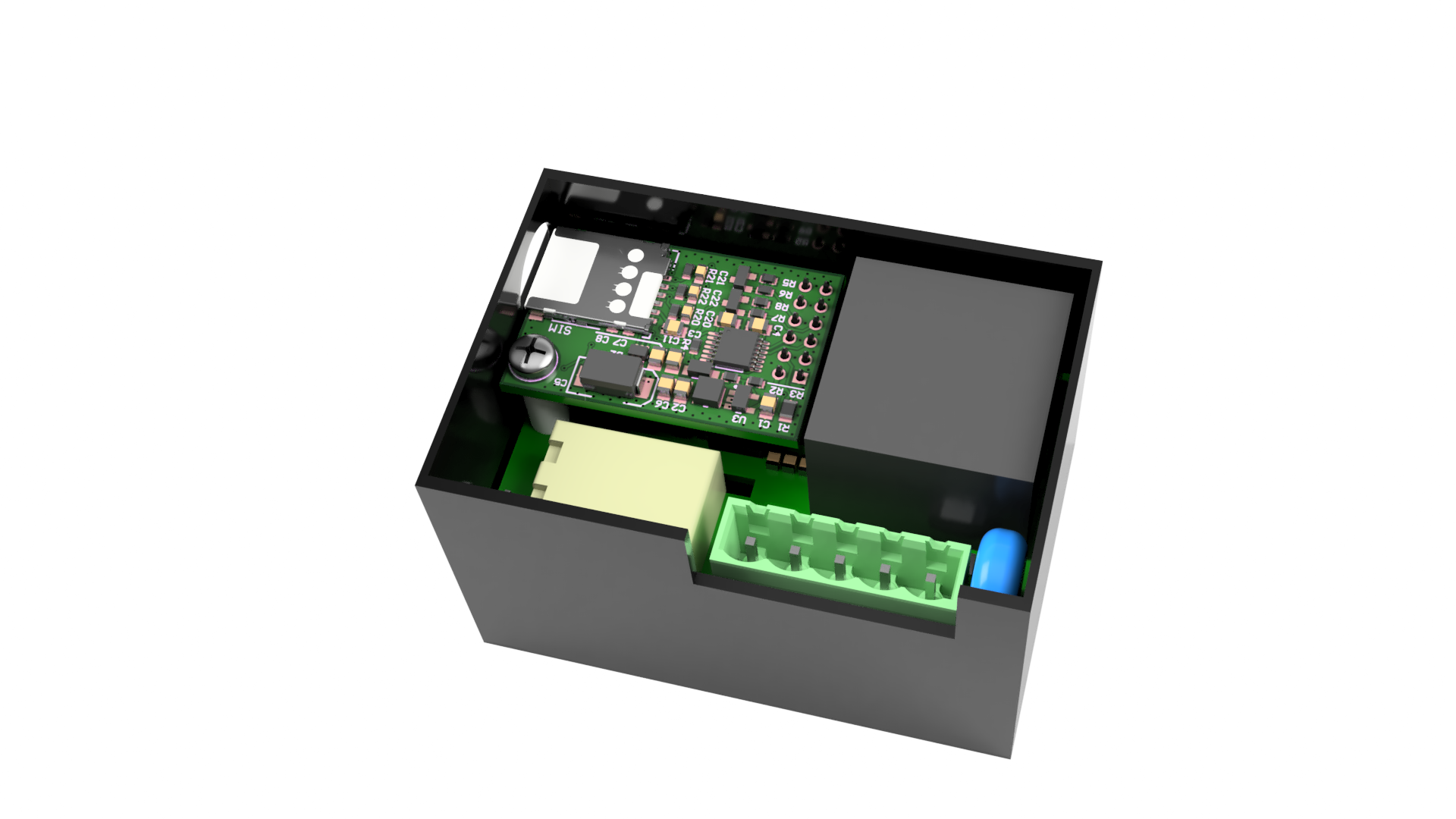
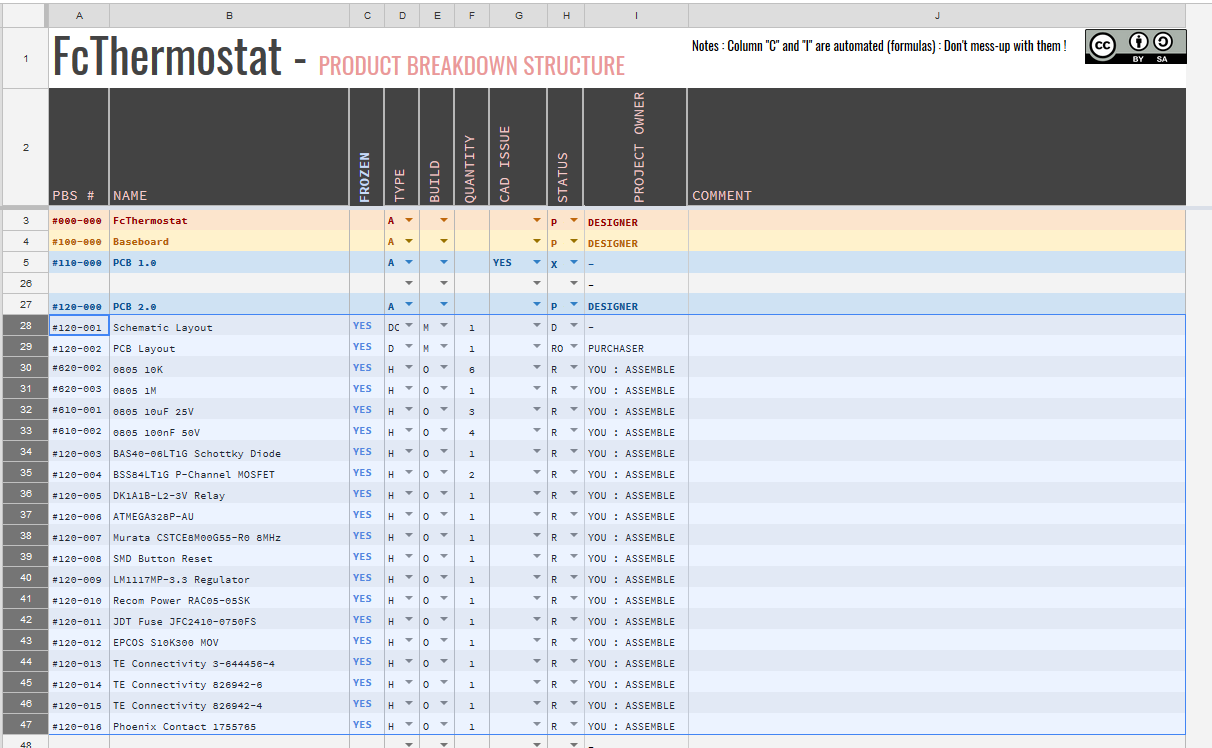
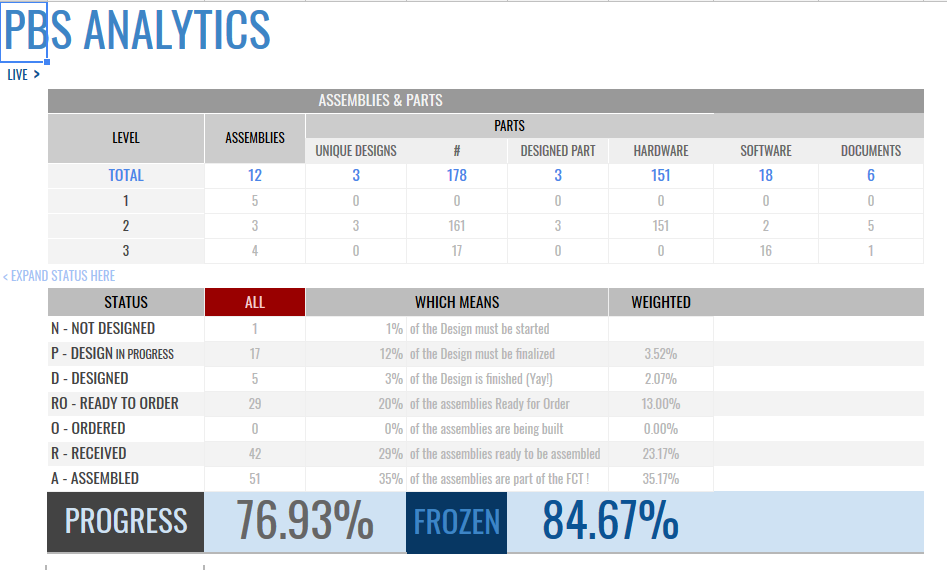
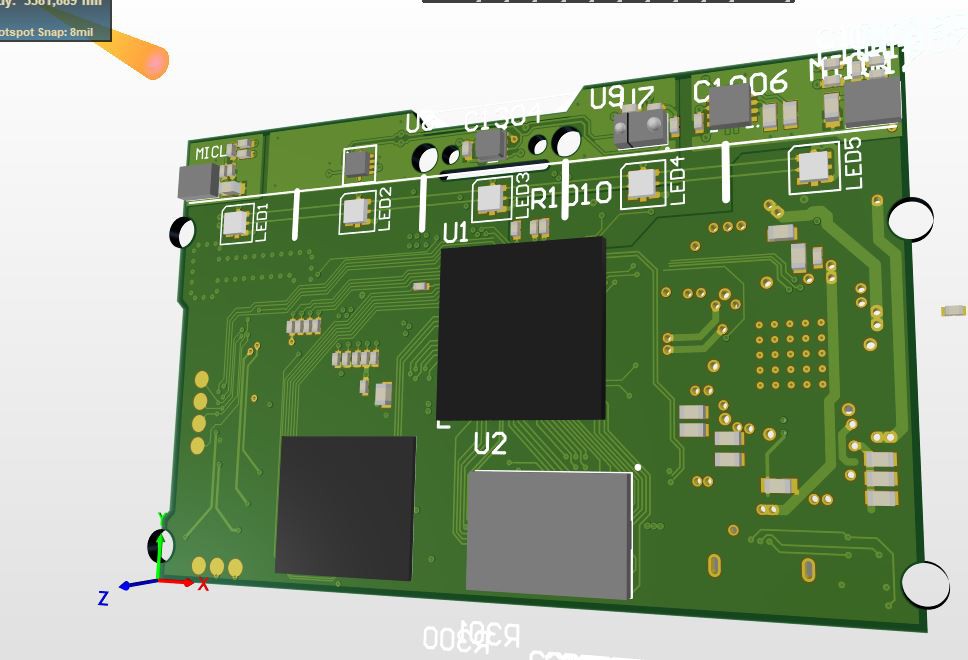
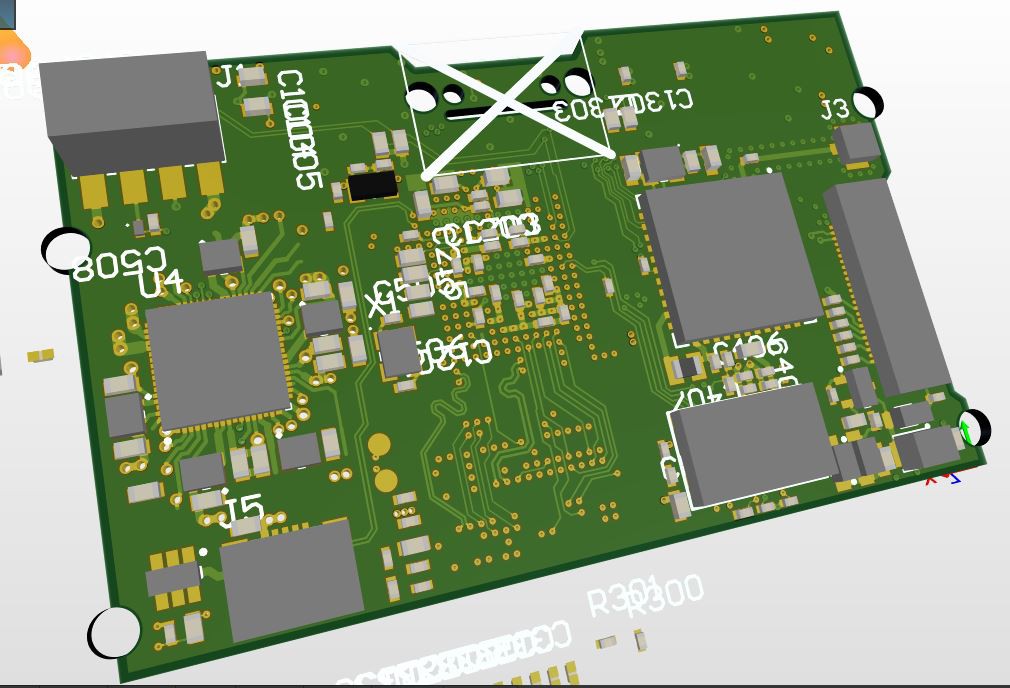
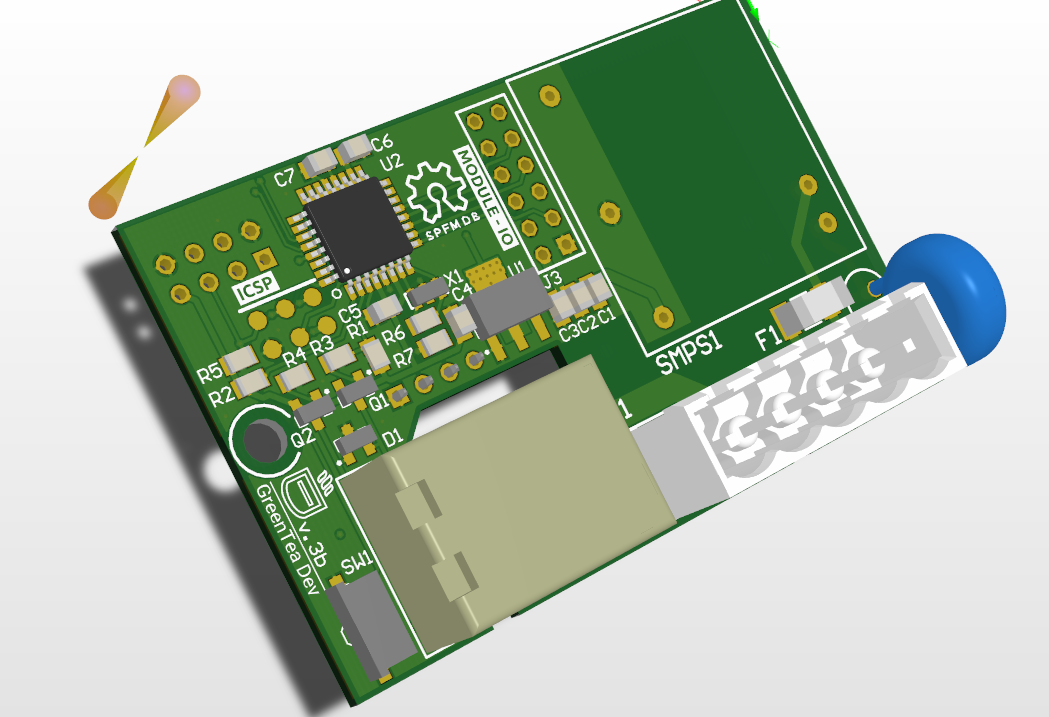
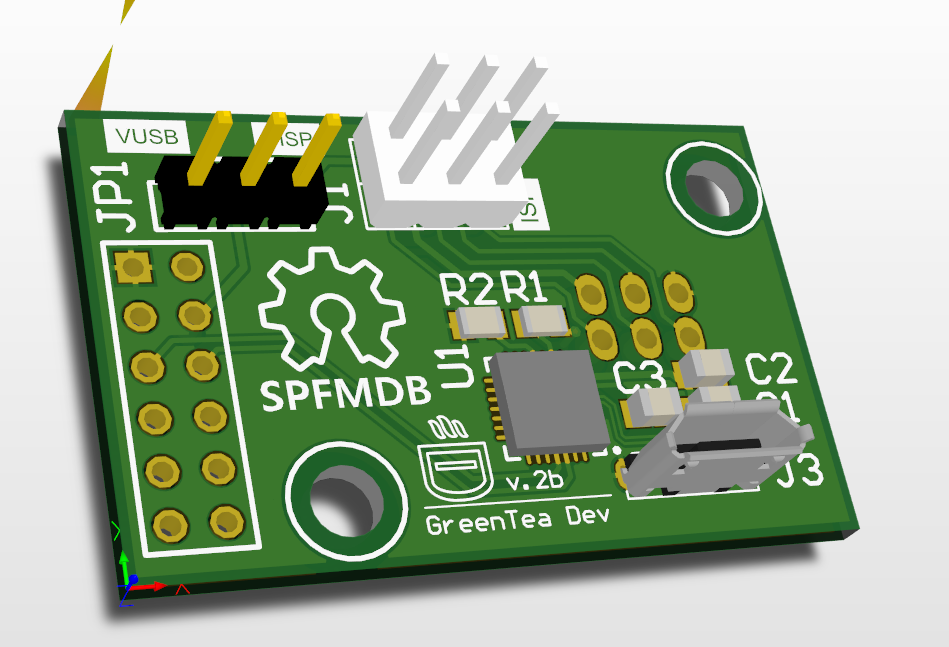
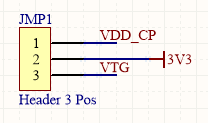
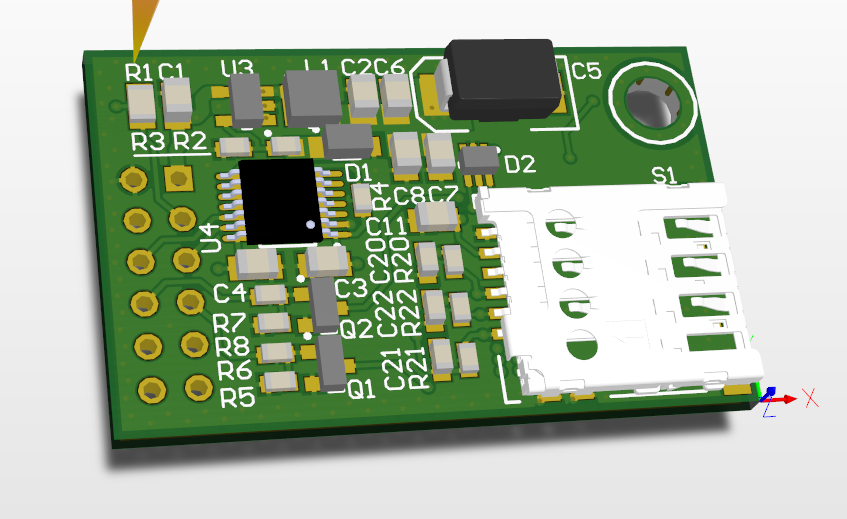
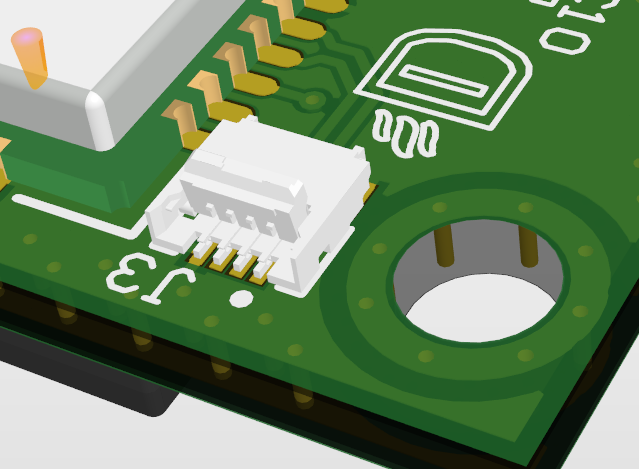
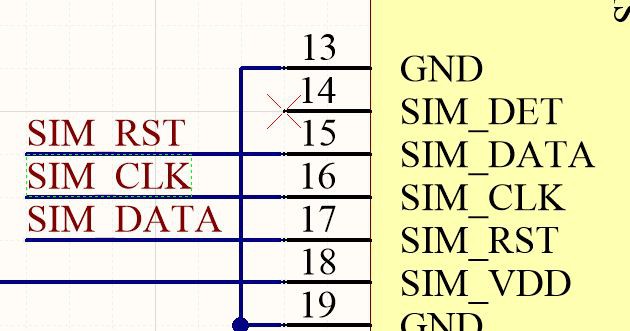
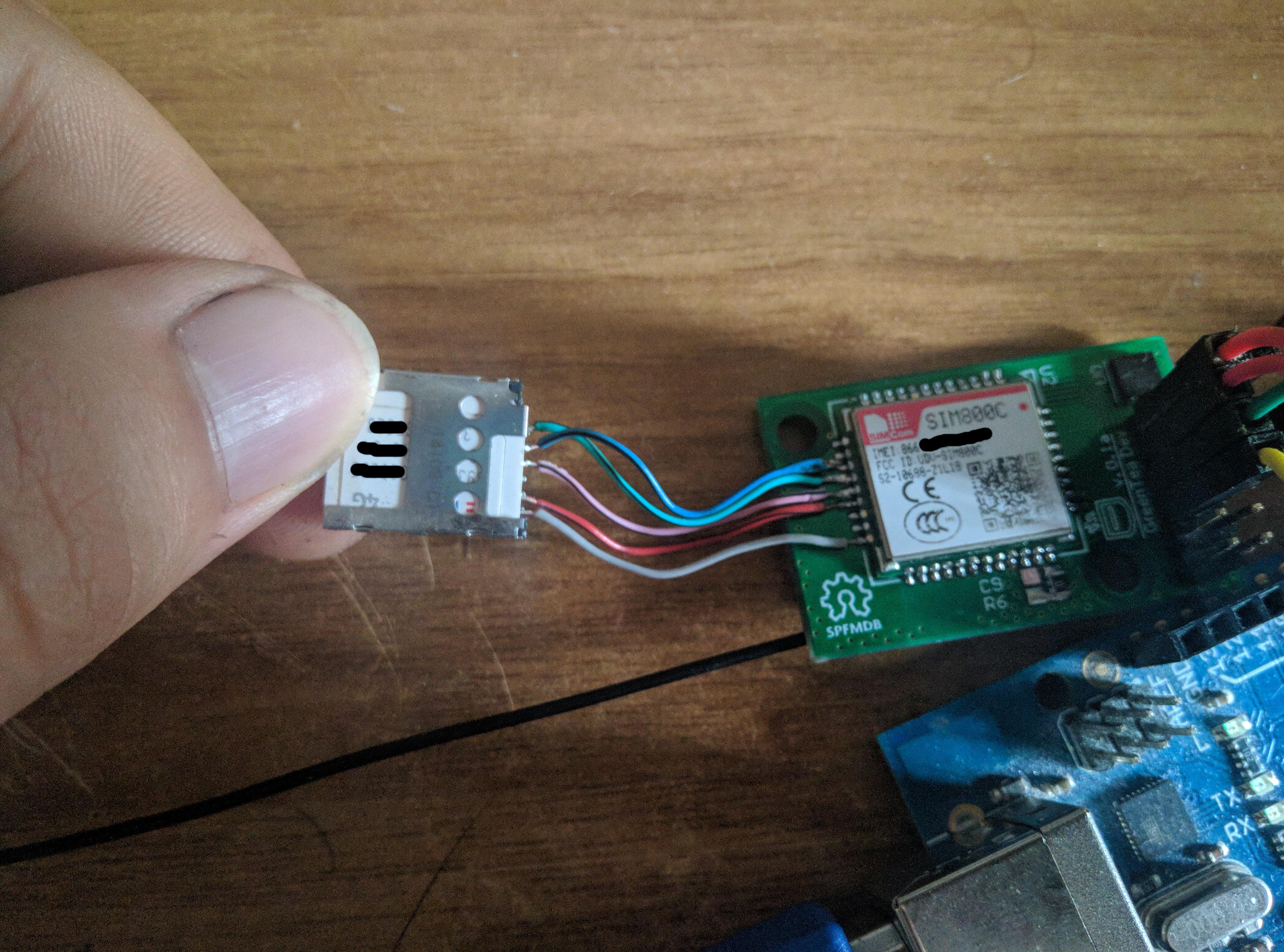

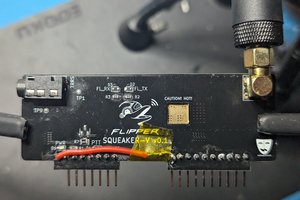
 janusprotocol
janusprotocol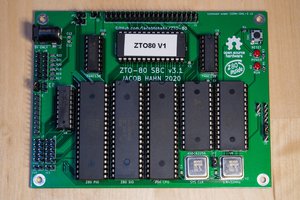
 Jacob Hahn
Jacob Hahn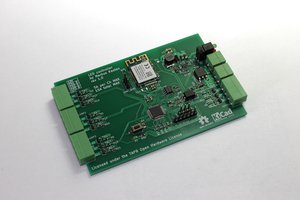
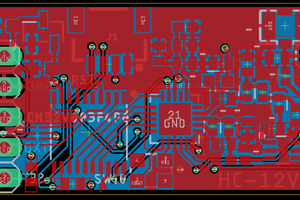
 OzQube
OzQube